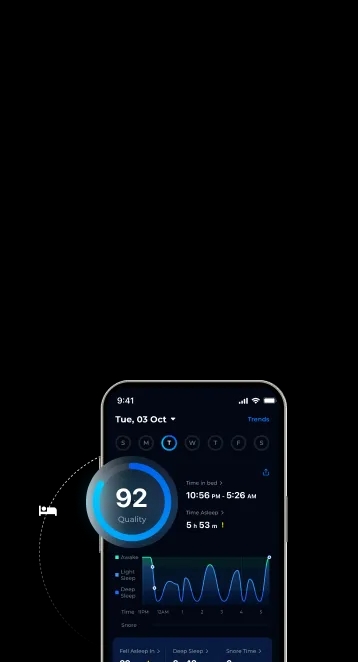

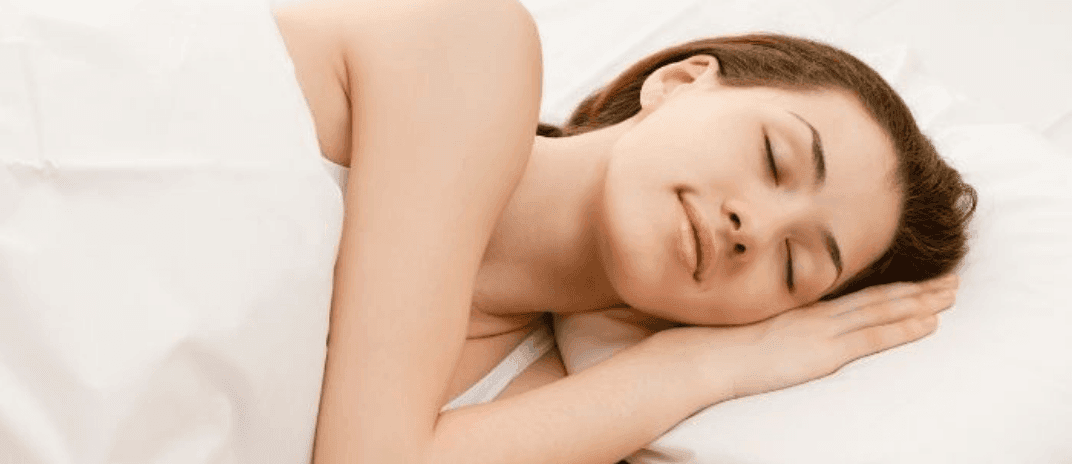
Pillows are pretty much a necessary sleep accessory for most people at night. It not only provides comfort but also proper support for the neck and head. What happens if you decide to sleep without one? Is it bad to be sleeping without a pillow? These are probably some questions that you have in mind.
If you’re curious about the health effects of not using one for sleep, keep reading this article.
Why do people use a pillow to sleep at night?
Pillows serve two basic functions— they help to provide support for your neck and upper back and help you to maintain proper spinal alignment. With proper support and alignment, you can also expect improved sleep posture [1].
Some of the key benefits of sleeping with a pillow include:
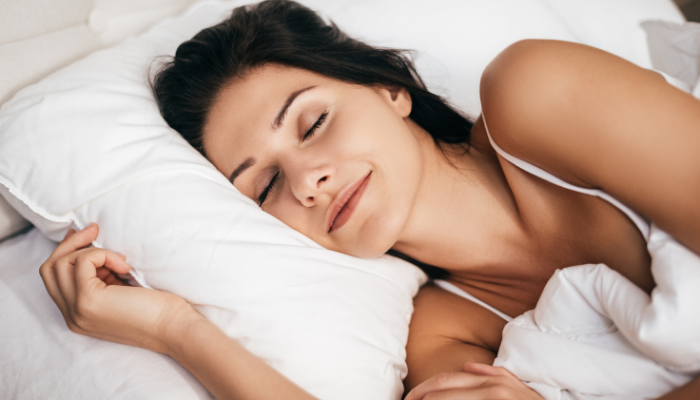
For some sleepers, sleeping without a pillow could be a better choice than sleeping with one. According to research, your pillow may not necessarily guarantee that you’ll get a good night’s sleep. Reasons like poor pillow support, pillow height, and overall poor quality led to much lower sleep quality [2].
Going without a pillow can improve spinal alignment for some, improve blood circulation throughout the body, reduce the risk of wrinkles, improve breathing, and allow the neck to rest in a more neutral position.
However, that is not to say that opting to go without one does not have its downsides. Some of the common problems include:
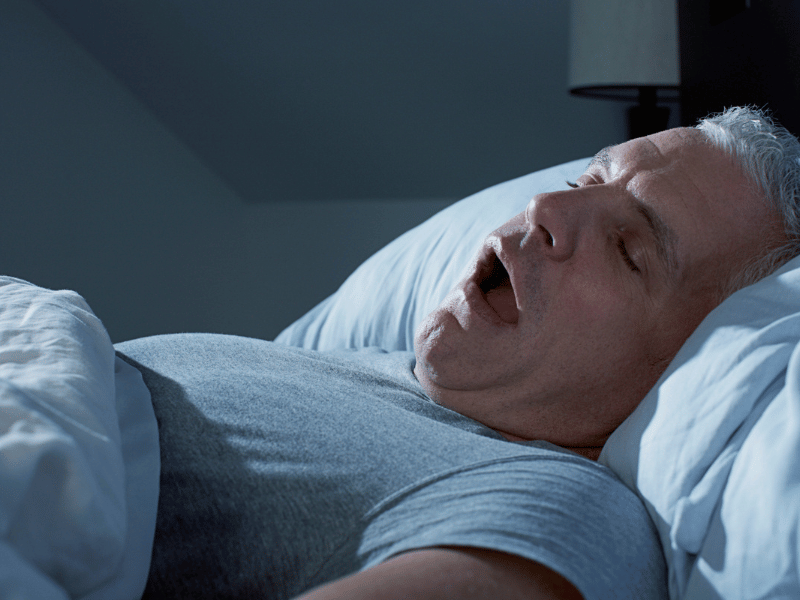
One of the main issues of not using a pillow is that it can worsen snoring problems. Snoring happens due to the narrowing and partial obstruction of the airway. Relieving this symptom requires a change in sleep position and for the head to be slightly elevated so that it opens up the airway and prevents the tongue from falling back against the throat [3].
Not using a pillow means that the head cannot be propped up, exacerbating snoring. It can also worsen symptoms for patients with sleep apnea.
Sleeping entirely without one can also lead to increased pressure on certain areas of the body, mainly the head, shoulders, and back. This can cause neck pain, joint pain, or stiffness in the body.
It is normally advised for those who are more prone to pain and stiffness to sleep with a pillow as it can help to distribute weight evenly and reduce the probability of waking up with soreness [4].
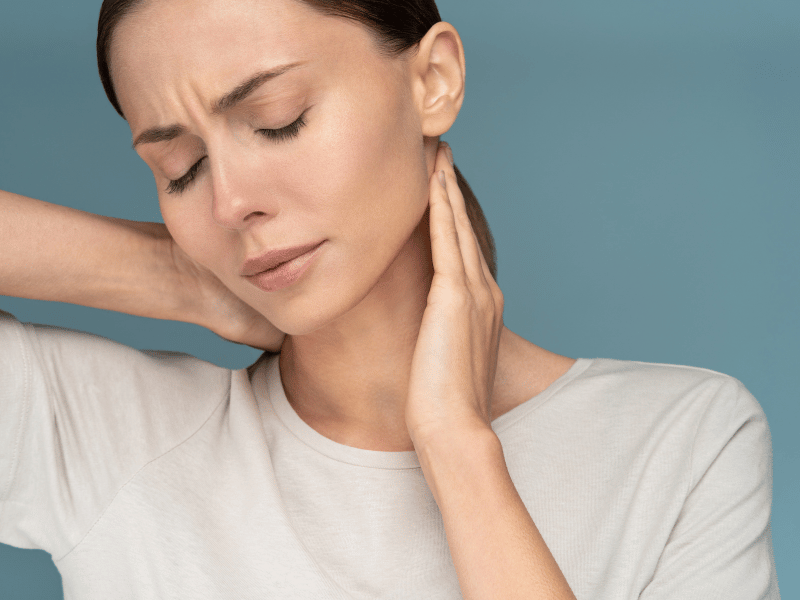
Another thing to consider is the overall discomfort that you might feel. Not everyone can get used to lying on the flat surface of a bed. Some may find that it helps with their posture while some may find that it causes great discomfort to the body.
Ultimately, it comes down to personal preference and what you consider to be comfortable for you.
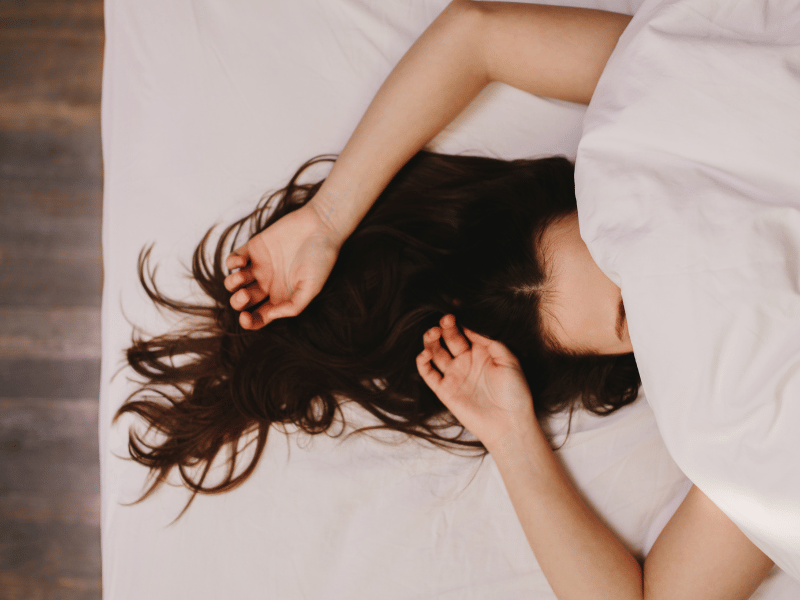
That said if you happen to be interested in how you can sleep well without a pillow, here are some tips for you.
If you have been using a pillow for a long time and you want to consider making a switch, it is best to transition slowly and gradually. Changing it right away may cause discomfort and increase the likelihood of you not being able to stick with this new habit.
Start with a thin pillow or soft pillow so that you can slowly get used to this reduced elevation. Slowly reduce the pillow thickness over time until you find it comfortable to sleep without one.
Your sleep position may also determine if you are suitable to sleep with no pillows. It is not recommended for back sleepers and side sleepers as it can have potentially detrimental health effects such as neck and back pain.
For stomach sleepers, laying on a flat surface can help to keep your neck aligned and in a neutral position, reducing strain.
Consider using some form of support for the rest of your body if you don’t intend on using any for your head and neck. You can do so by opting to use a small towel or pillow between your legs, under your knees, or your hips, depending on what type of sleeper you are. Doing so can help with alleviating the strain on your lower back.
Choosing the right mattress also plays a role in helping you to get adjusted to sleeping on a flat surface. It’s important to try out different mattresses so that you can find the right one that aligns with your spine and feels comfortable to use.
Check out: What Is a Hybrid Mattress? Here’s What You Should Know
As a general rule of thumb, you should always monitor how you feel. If you are experiencing pain or discomfort, this is a sign that you may need to re-evaluate your current sleep position, consider using some form of support like a folded blanket or switch back to using a thicker pillow until you feel comfortable.
By following these tips, we hope that it may help you to transition into a new pillow-free sleep routine smoothly and without affecting your overall sleep quality.
It is very common and normal to still be using pillows if you’re not planning to transition to a pillow-free lifestyle or if you are just getting started. It’s important to know what is the right pillow based on your sleep style so that it doesn’t lead to potential sleep disruptions.
Here are the types of pillows that you should use, according to your sleep position:
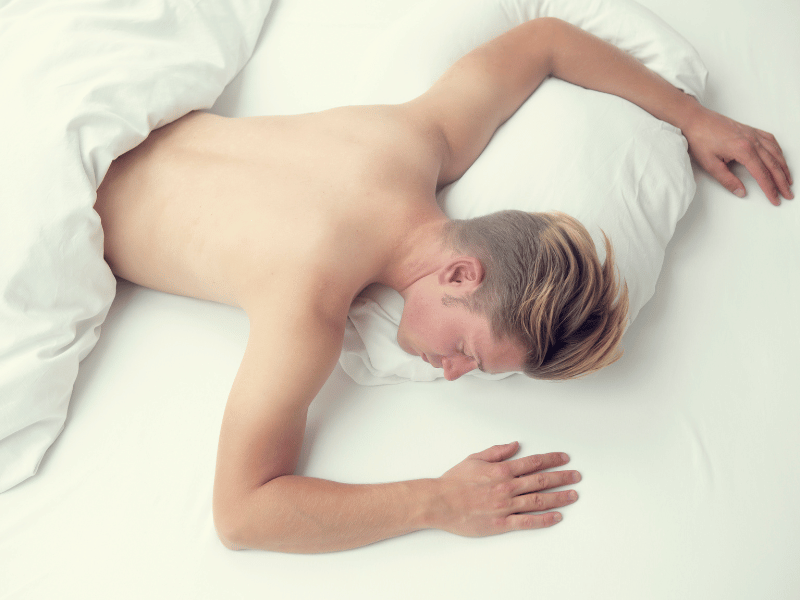
Stomach sleeping is considered the most unhealthy sleep position, whether it is with a pillow or without. Your body is in a constant, awkward position which also means that you might also experience significant neck pain and back strain.
Stomach sleepers are normally advised to opt for a pillow that is soft, low-loft, and breathable. Options like down pillows or feather pillows work best.
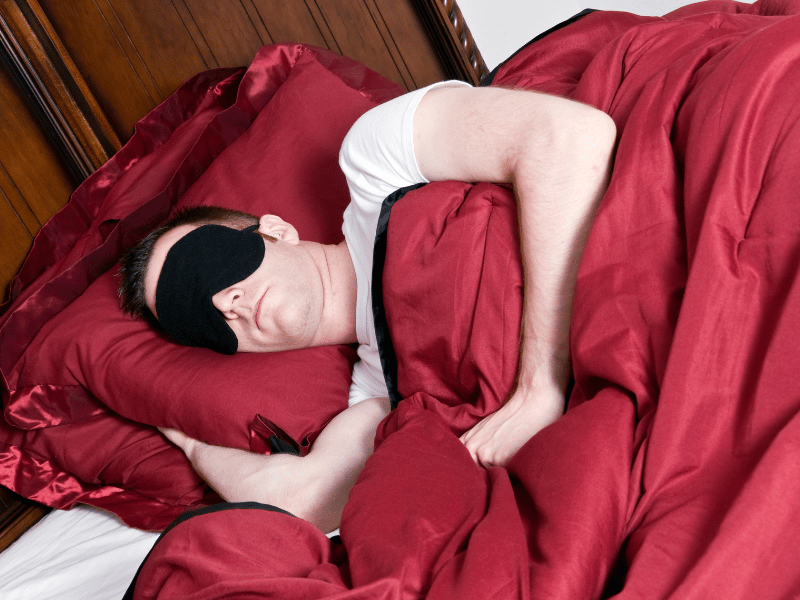
Side sleepers may require a pillow that can keep both the spine aligned and provide proper support for the upper body. Such individuals should consider using a firm pillow that has high loft with an adequate amount of thickness.
Memory foam pillows or body pillows could be a good option for side sleepers to use.
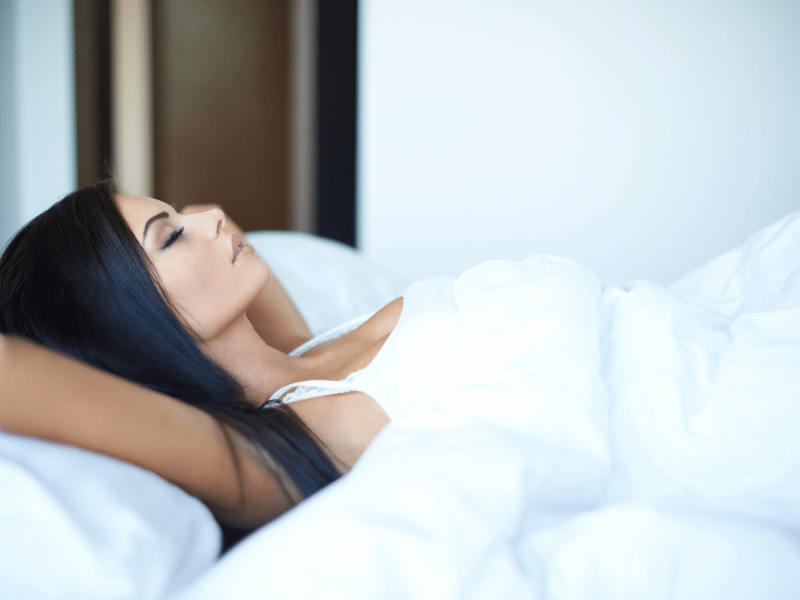
The issue faced by back sleepers is trying to maintain the natural curve of the neck while ensuring proper support. Back sleepers require a pillow that can elevate the head and reduce symptoms like snoring.
In this case, back sleepers should opt for memory foam pillows, contour pillows or down pillows that come with medium firmness and medium loft.
To sum up, sleeping without a pillow may not be suitable for everyone. It highly depends on your sleep position, health condition, and overall comfort level. Planning to do so requires you to think about the downsides and learn how to gradually transition to a pillow-free sleep routine.
Alternatively, you can also learn new ways to optimize your sleep quality with ShutEye® App. ShutEye® is an advanced sleep-tracking app that monitors your sleep cycle and offers expert tips to help you improve your sleep score. Try now for FREE!
Adam, N. (2024) Pillow-Free Zone: What Science Says About Sleeping Without a Pillow [online]. Available at: https://www.megawecare.com/good-health-by-yourself/sleep-health/sleeping-without-a-pillow
Cazan, D., Mehrmann, U., Wenzel, A., & Maurer, J. T. (2017). The effect on snoring of using a pillow to change the head position. Sleep & breathing = Schlaf & Atmung, 21(3), 615–621. Available at: https://doi.org/10.1007/s11325-017-1461-1
Clearwater Chiropractic (n.d.) How a Pillow Plays an Important Role During Your Sleep [online]. Available at: https://clearwaterchiropractic.net/pillows-role-during-sleep/
Gordon, S. J., & Grimmer-Somers, K. (2011). Your Pillow May Not Guarantee a Good Night's Sleep or Symptom-Free Waking. Physiotherapy Canada. Physiotherapie Canada, 63(2), 183–190. Available at: https://doi.org/10.3138/ptc.2010-13